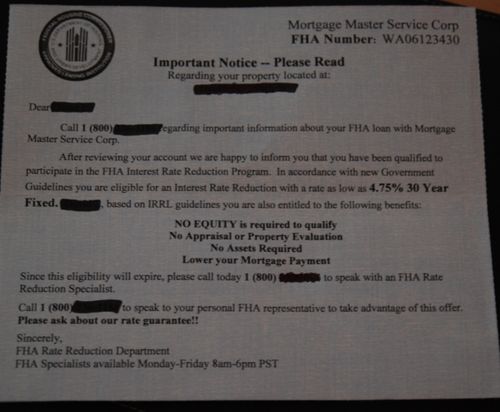The family just returned our annual summer trek, which must include a long car trip. This year we checked out Sandpoint, Idaho which is located off of the north end of Lake Pend Orlielle. We had fantastic weather and I had fun doing goofy photos of where my feet traveled during our trip and posted them on Facebook. (It doesn't take much to amuse me).
It's good to be back home and Monday will be business as usual…if I have time, I might even post a mini-rate update. I'm trying to take the remainder of the weekend "off" since our kids all start school this week.













Recent Comments